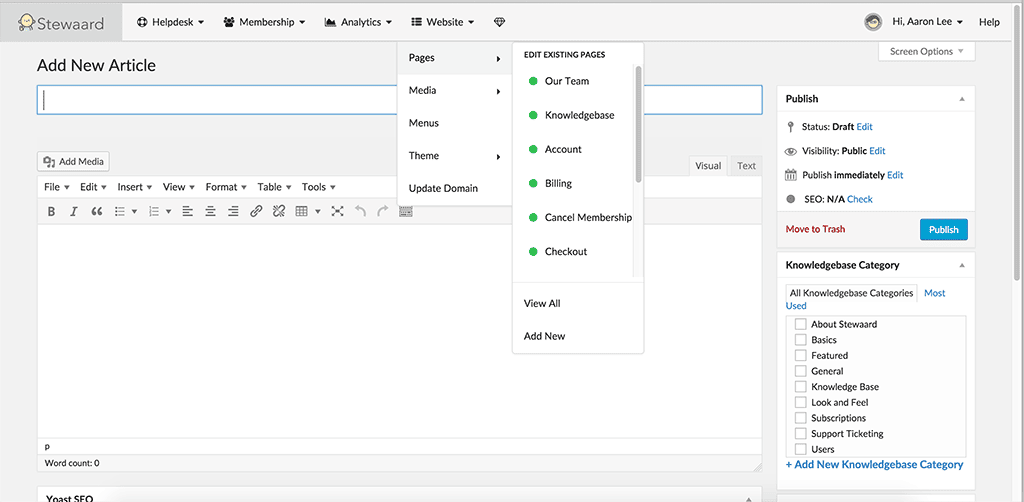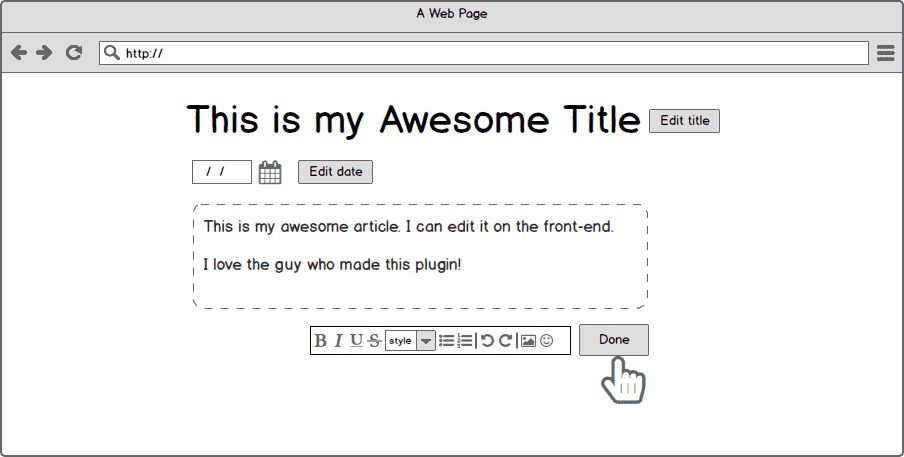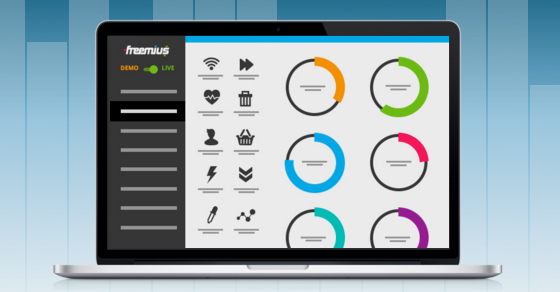|
|
We live in interesting times as WordPress plugin developers and a world of wider opportunity is about to open up for the platform. The WP REST API has officially landed in core – albeit softly.
In this article, we’ll consider what this news could mean for plugin developers by outlining five future plugin market opportunities you can’t afford to miss – all of them based around the power and flexibility that the WP REST API promises to deliver.
Before we dive into the detail though, let’s get some background out of the way for those who might be relatively new to the topic of the WP REST API.
A Quick WP REST API Introduction
The WP REST API is an attempt to bring WordPress fully into the modern age in terms of software development by providing a REST-based interface to the majority of the software’s core functionality.
This opens the door for WordPress to become a fully-fledged application framework by enabling the possibility of easily integrating with other applications and technologies. Assuming they can consume and produce JSON data, you’ll be able to plug other technologies into WordPress and vice versa.
One way of thinking of the WP REST API is as a package tool:
- It packages data from WordPress that was previously only accessible through native functions and the dashboard.
- It puts that data into a widely accepted JSON format.
- You can then use any programming language (JavaScript, Ruby, Python – you name it) to grab or manipulate that data.
- You’re also free to use any technology (JavaScript frameworks for example) to display data that’s stored in WordPress, meaning you could use it simply as a back end CMS for your content and handle the display layer elsewhere.
Okay, with a brief outline of the WP REST API basics out of the way, let’s move on to our list of five plugin market opportunities you can potentially use it to explore.
1. Custom Commercial Dashboards

Let’s be honest here: though it’s come a long way, the default WordPress dashboard is not the most user-friendly in the world – especially for highly context-specific applications.
What happens when you install a ton of plugins, for example? Suddenly the whole left-side admin navigation is potentially very cluttered – something that can confuse and frustrate site owners.
The WP REST API opens the door for creating highly specific, custom dashboards that only provide the user with the data he needs in particular contexts. The result? Performance and usability improvements all around.
You’ll also be able to create application back ends that move away from WordPress branding. No matter how customizable the default dashboard is, it’s usually instantly recognizable as WordPress which is not always desirable. Another option would be removing the sidebar entirely, as in the image above taken from Stewaard’s informative piece on redesigning the WordPress dashboard.
WordPress is used by thousands of industries and each of those potentially has its own specific requirements for what should be in the back end. The scope for solving those high-value problems with plugins is enormous.
2. Native Mobile Applications
The WP REST API opens up the possibility of building WordPress-driven mobile applications.
You don’t even need to be an iOS or Android ninja to get started here – frameworks such as PhoneGap convert HTML, CSS and JS into native code with ease. Your back end can then be run via a combination of WordPress and appropriate custom plugins.
The opportunities here are immense. One obvious area to explore would be the burgeoning health industry on iOS.
If your web application provides a RESTful API, you can easily connect with Apple’s native Health app. Once you have all the pieces happily talking to each other, you’re free to exchange data and create plugins that manipulate and store that data.
One simple integration which springs to mind is a plugin that displays the user’s daily health metrics on their WordPress blog, with options for making it public or private.
3. WordPress Integration With Popular Apps
Zapier is a web application that enables non-technical users to connect popular apps with one another – connecting Wufoo forms with a personal Google calendar, for example.
The combination of a native REST API and intuitive tools like Zapier means plugin developers can potentially start making potentially complex integrations available to a relatively mass-market audience in an easier way than ever before.
The amount of back end business tools that could usefully be fed information directly from WordPress is huge, so a little creative thinking here should spark plenty of ideas. Even simple data extraction from WordPress to Excel would be a huge timesaver for many businesses, and something they’d gladly pay for.
The WordPress/Zapier combo gives you the tools to offer non-technical users simple solutions to traditionally tricky problems with siloed data.
4. WordPress Integration With Popular E-Commerce Platforms
WordPress offers several solid e-commerce plugin solutions that you’ll doubtless be familiar with already. Much larger e-commerce solutions exist in the wider world, however – Magento being an obvious example – and many of them are bedeviled by terrible interfaces, high costs, and overall complexity.
There is a big opportunity there for savvy WordPress plugin developers to offer integrations that help keep things simple for store owners.
WordPress is rightly famous for its usability as a CMS and a little poking around in terms of how to integrate WordPress with Magento via API should be enough to suggest several potentially lucrative opportunities for plugin developers.
5. Front End Editing Plugins

This one’s potentially huge as it’s long been a dream for most non-technical site owners out there, and the WP REST API makes it theoretically much more straightforward on an implementation level.
Creating a WordPress front end editor is a challenge that’s defeated many ambitious plugin authors before, though, so tread carefully. However, as the huge success of solutions such as Squarespace shows, there is definitely money on the table here for whoever gets it right.
Conclusion
There you have it – five huge plugin market opportunities that the WP REST API could open up in the very near future. Let’s quickly recap:
- Explore opportunities for building custom commercial dashboards.
- Integrate with native mobile apps.
- Provide intuitive integrations with back end business software using Zapier.
- Make life easier for shop owners struggling with complex e-commerce solutions like Magento.
- Take a crack at the perennial problem of providing a decent WordPress front end editor.
Has this article inspired any plugin ideas of your own? Share them with us in the comments below!











Comments
2 Comments